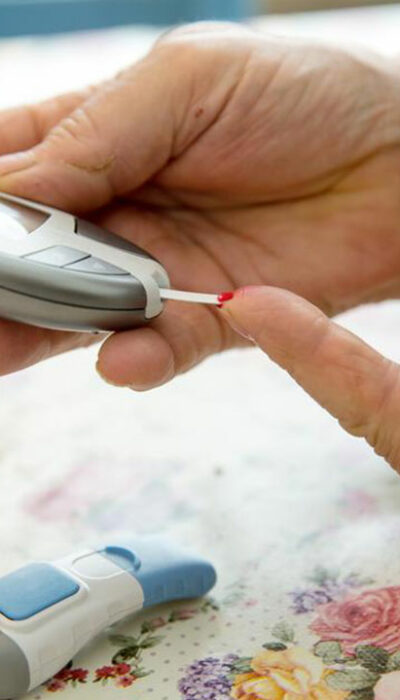
Here’s How to Identify Sinus Allergy Signs
Any type of allergy can be exhausting. Most allergies can make the strongest of us feel weak and worn down. Sinus allergies are some of the most excruciating ones. These allergies can overwhelm most people and can make even the most trivial day-to-day tasks seem overwhelming. Studies have shown that allergies if left untreated can worsen. This can cause infections as well as complicate the functions of the body in numerous ways. These range from stomach ailments to complicated heart issues. This is why doctors recommend treatment as soon as possible. The recommended approach towards allergies has always been prevention. Protecting the body means preparing and understanding allergies. The first crucial step towards combating allergies would be to understand what the possible sinus allergy signs are. Once the sinus allergy signs have been identified, the next step is symptomatic treatment. This means treating the symptoms to help weaken the overall allergy. The ideal situation for this form of treatment is that the allergy itself will become manageable and heal itself. However, if the body doesn’t recover naturally, medication is recommended. It is crucial to identify key sinus allergy signs by recognizing the symptoms of the possible allergy when it begins to manifest at an early stage. Here are some of the key sinus allergy signs. Nasal identifiers The first sign of any allergy is any kind of irritation inside the nose. These irritations can manifest in different ways. Watch out for any itching inside the nostrils. This itchiness can escalate to sneezing which is the second sinus allergy sign. Provided the itch and sneezing persist, the third sign of an allergy is a stuffy nose. Sinus allergy signs initially are similar to those of a common cold. The final nasal identifier for sinus allergies is a runny nose. If all four symptoms persist over a period of time, it might be an indication of an allergy.










